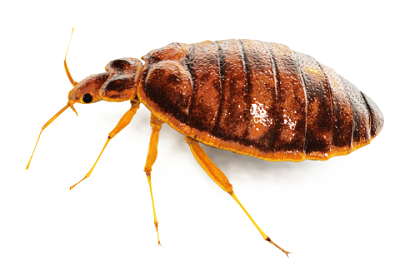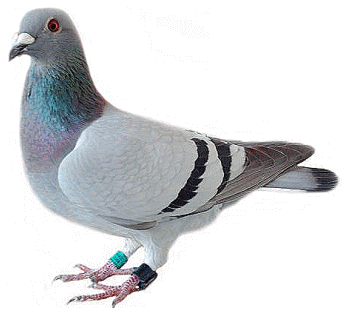Trouble with Rodents?
Ark provide pest control solutions to rat and mice infestations in London, the South East, the North West, the North and the Midlands.
Appearance:
- Combined head & body Length: 200 – 270mm
- Average weight: 250-500g. (Max 700 gms)
- Coarse brown (occasionally black) fur, with a pale underside.
- Tails are 150 – 210 mm.-
- Blunt nose, small ears with a tail shorter than the head and body.Lifecycle
- Sexually mature at: 8 – 12 weeks.
- Gestation period: 21 – 24 days.
- Litter size (average): 6 – 11.
- Weaning period: 3 – 4 weeks.
Lifecycle:
- Can live up to 18 months in the wild, but 3 – 4 years domestically.
Habits & Behaviour:
- Rats are very adaptable and can be found in a variety of habitats, usually in close conjunction with humans. Burrowing, but sometimes climbing they are the only species to occur in UK sewers.
- Norway rats are omnivorous eating fish, vegetables, weeds, earthworms, nuts and fruit, but prefer protein-rich foods, such as cereals.
- They will eat around 30g of food a day and drink 60ml.
Rats are typically nocturnal, although they will sometimes forage for food - during the day if colonies become too over populated.
- They live in loose colonies, made up of aggregations of clans – usually defending their territory from other rats – the biggest rats are dominant over their smaller counterparts.
- Brown rats swim well and are sometimes mistaken for water voles. They have well-developed senses of hearing and smell.
Important:
- As with mice, look out for holes, droppings, smear marks and unpleasant smells as these are signs a building may be being used as a run.
- They are subject to persistent pest control due to the damage they cause and the numerous diseases they spread.
- Along with house mice, they are considered to be the most widespread terrestrial mammal.
Appearance:
- Combined head and body length: 70 – 90mm.
- Mice usually less than 23g (average 15 – 18g)
- Length of hind feet: 16 – 19mm- Brown-Grey fur, with slightly lighter under-parts.
- House mice have large ears, a pointed nose and the tail is usually around 80% length of the head and body.
Lifecycle:
- Sexually mature at: 8 – 12 weeks.
- Gestation period: 17 – 20 days.
- Litter size (average): 5 – 6.- Weaning period: 3 weeks.
Habits & Behaviour:
- Mice are usually ground living, found in areas near to human habitation nesting around the undisturbed parts of buildings climbing through wall cavities and voids using them as tunnels.
- They are also found in open fields burrowing, building complex tunnel systems with several exits.
- Mice are omnivorous but prefer to eat cereals and insects.
- They will eat around 3g of food and drink up to 3ml a day if their diet is particularly dry, although the can survive without any additional water.
- Mice are typically nocturnal, although they will sometimes forage for food during the day if colonies become too over populated.
Important:
- Look out for holes, droppings, smear marks and unpleasant smells as these are signs a building may be being used as a run.
- Mice are subject to persistent pest control due to the damage they cause and the numerous diseases they spread.
- Along with rats, they are considered to be the most widespread terrestrial mammal.
Get in touch today:






















